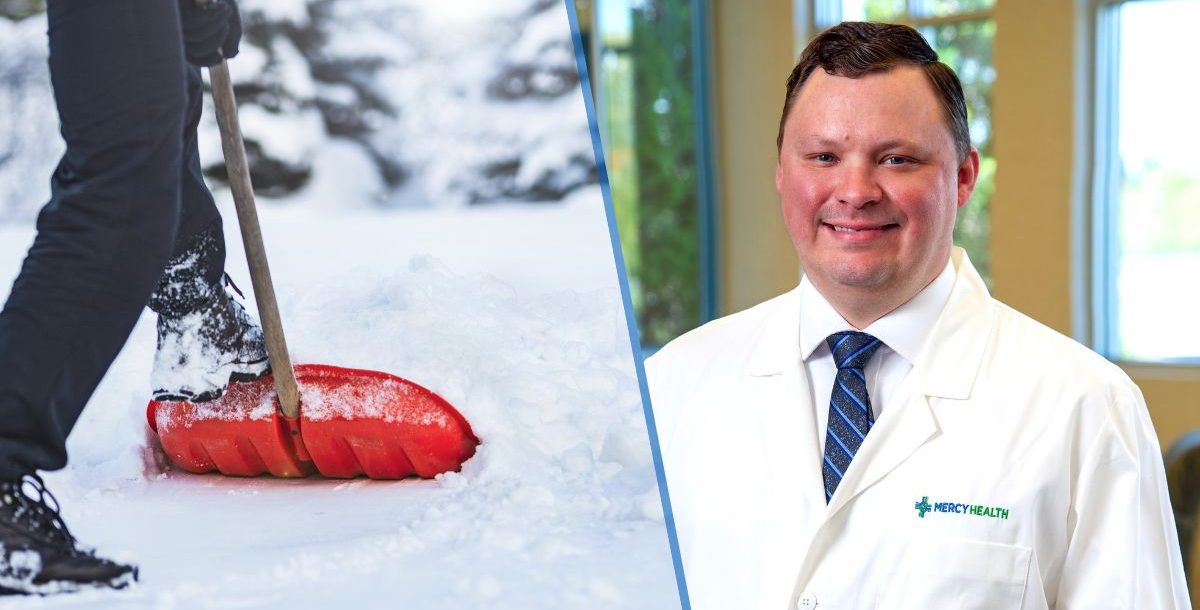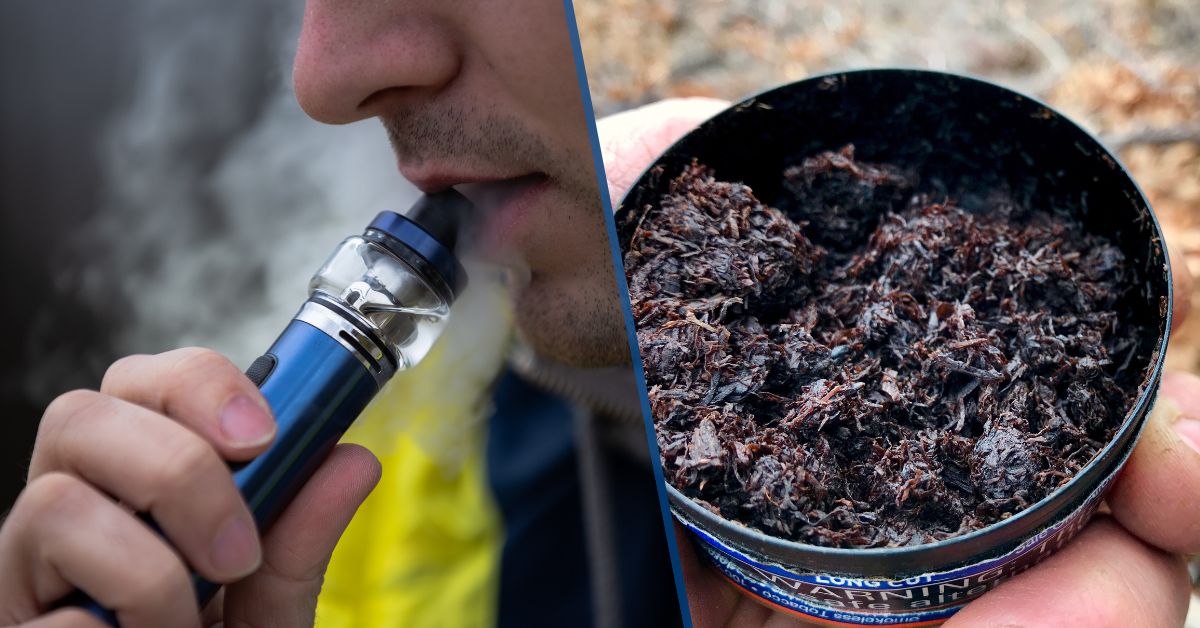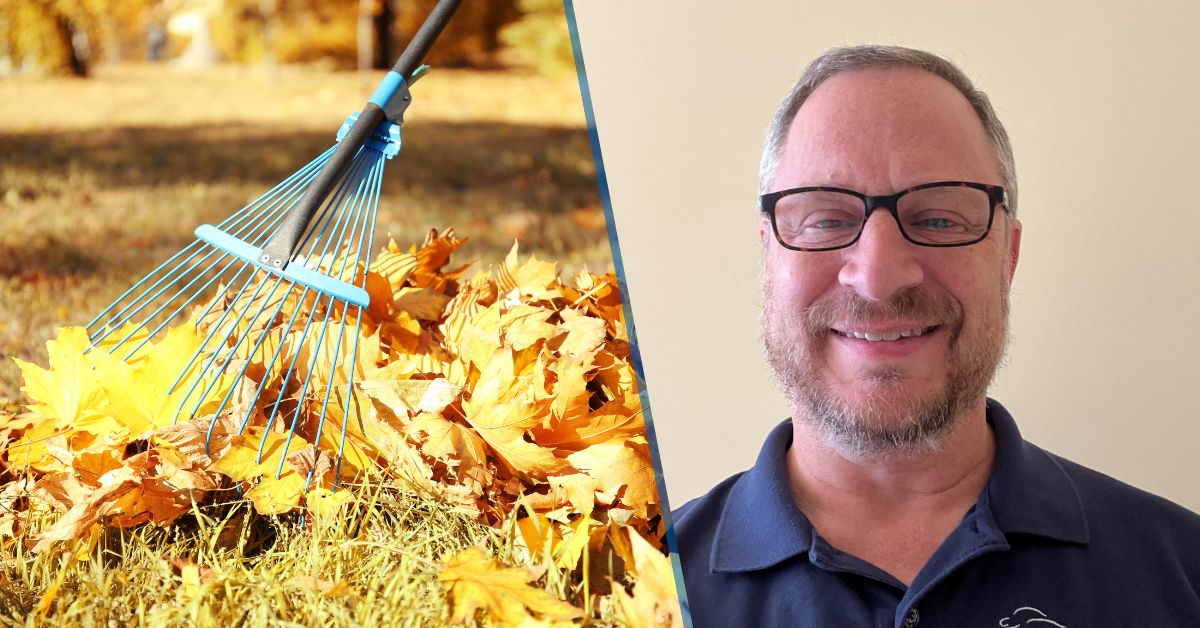The following piece was written by Joshua Scearce, MD, a primary care provider at Mercy Health – Paducah Family Medicine.
As a primary care physician, I feel snow shoveling safety is important as I often see patients with injuries and health issues related to this activity. This especially true for individuals 40 years or older.
While shoveling snow may seem like a simple winter chore, it can pose significant health risks as we age. Therefore, I want to explore why individuals over 40 should be cautious when shoveling snow, understand the potential risks associated with this activity and offer some quick snow shoveling tips and alternatives to stay safe.
First of all, as we age, our bodies undergo various changes that can make shoveling snow more challenging and dangerous. One of the main concerns is the increased risk of heart-related issues. Cold weather and physical exertion from shoveling can put a strain on the heart, leading to a higher risk of heart attacks or other cardiovascular problems associated with high heart rate and blood pressure. This is especially for individuals with a history of heart disease or a pre-existing heart condition. Additionally, older adults may have reduced cardiovascular fitness and flexibility, making it harder to handle the physical demands of shoveling.
Another risk associated with shoveling snow as we age is the potential for musculoskeletal injuries. The repetitive bending and lifting involved in shoveling can strain the back, shoulders and other muscles, leading to sprains, strains or even more severe injuries, like herniated discs. Older adults may also have weaker bones and joints, increasing the risk of fractures or joint pain when engaging in strenuous activities like shoveling snow.
To help minimize your risk, here are my quick tips for safe snow shoveling for individuals over 40.
- Warm-up: Before shoveling, warm up your muscles with light stretching exercises to prevent strains and injuries. Also, be sure to dress warm for the job.
- Use proper technique: When shoveling, lift with your legs bent at your knees to reduce strain on your back. Also, avoid twisting your body while lifting snow to prevent back injuries.
- Take breaks: Pace yourself and take frequent breaks to avoid overexertion. Listen to your body and stop if you experience chest pain, shortness of breath or dizziness.
- Consider alternatives: Instead of shoveling, consider using a snow blower or hiring a snow removal service to minimize physical strain and reduce the risk of injuries. Consider the amounts of snow that has fallen as well as how far you will need to be pushing the snow.
- Stay hydrated: Drink plenty of water before, during and after shoveling to stay hydrated and support your body’s functions.
Again, by being aware of the potential risks, using proper techniques and considering alternatives, we can reduce the likelihood of injuries and enjoy a safe winter season. Remember, it’s always better to be cautious and prevent health issues than to deal with the consequences later. And if you do happen to experience chest pain, shortness of breath or dizziness while shoveling snow, seek medical care right away or call 911.
Now, with these snow shoveling safety tips, be sure to stay healthy this winter!
Learn about the primary care services we provide at Mercy Health.






